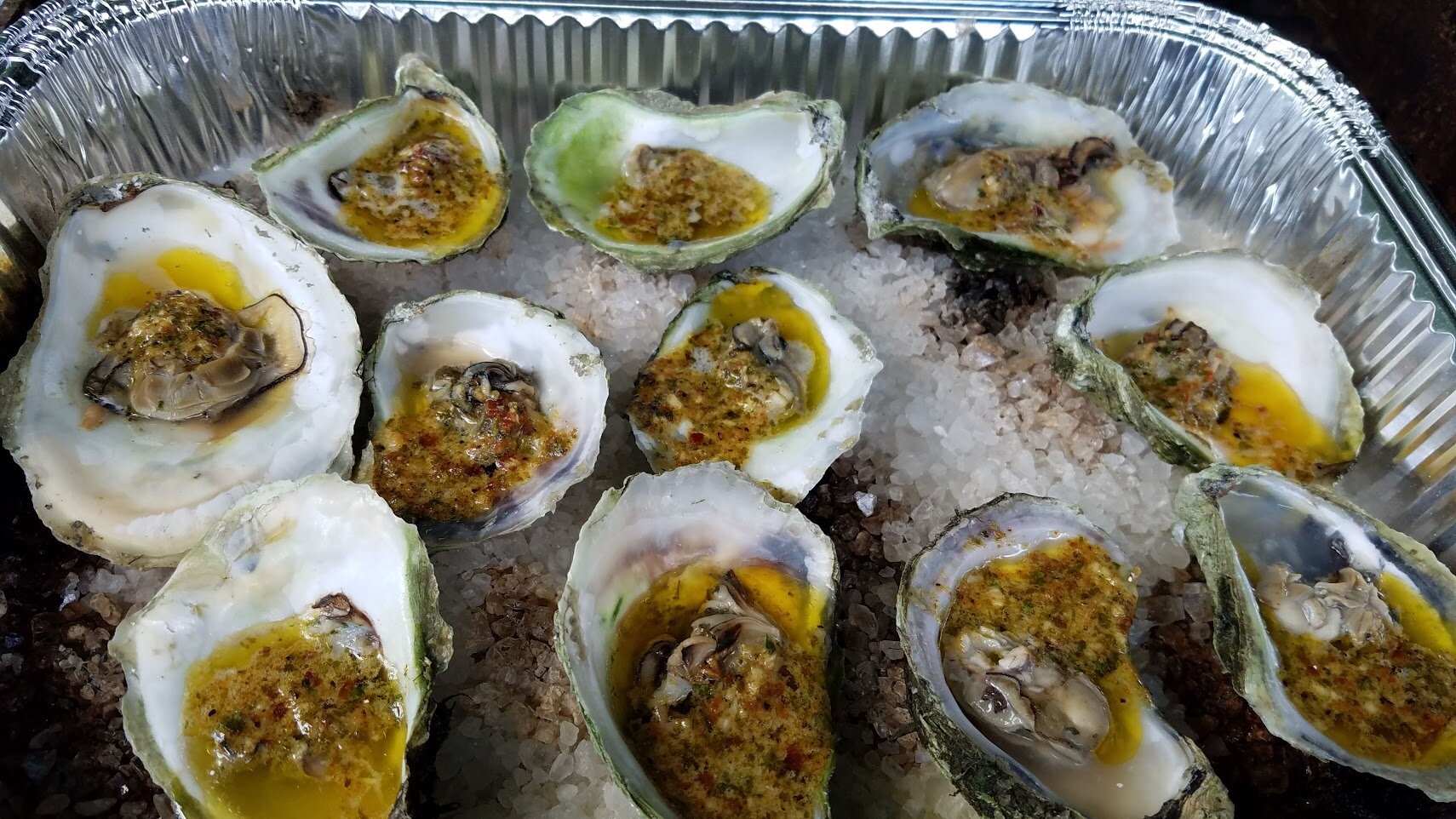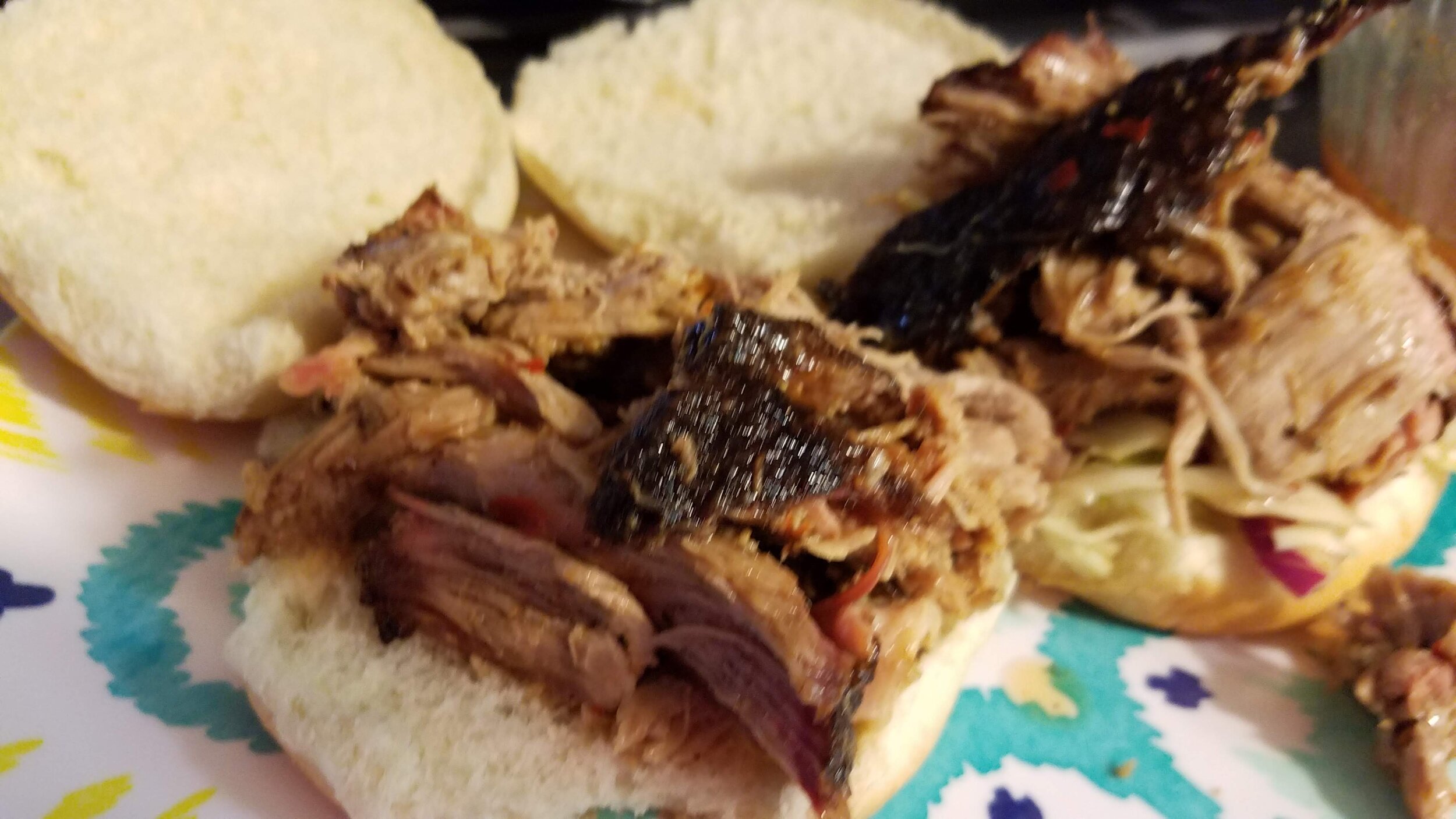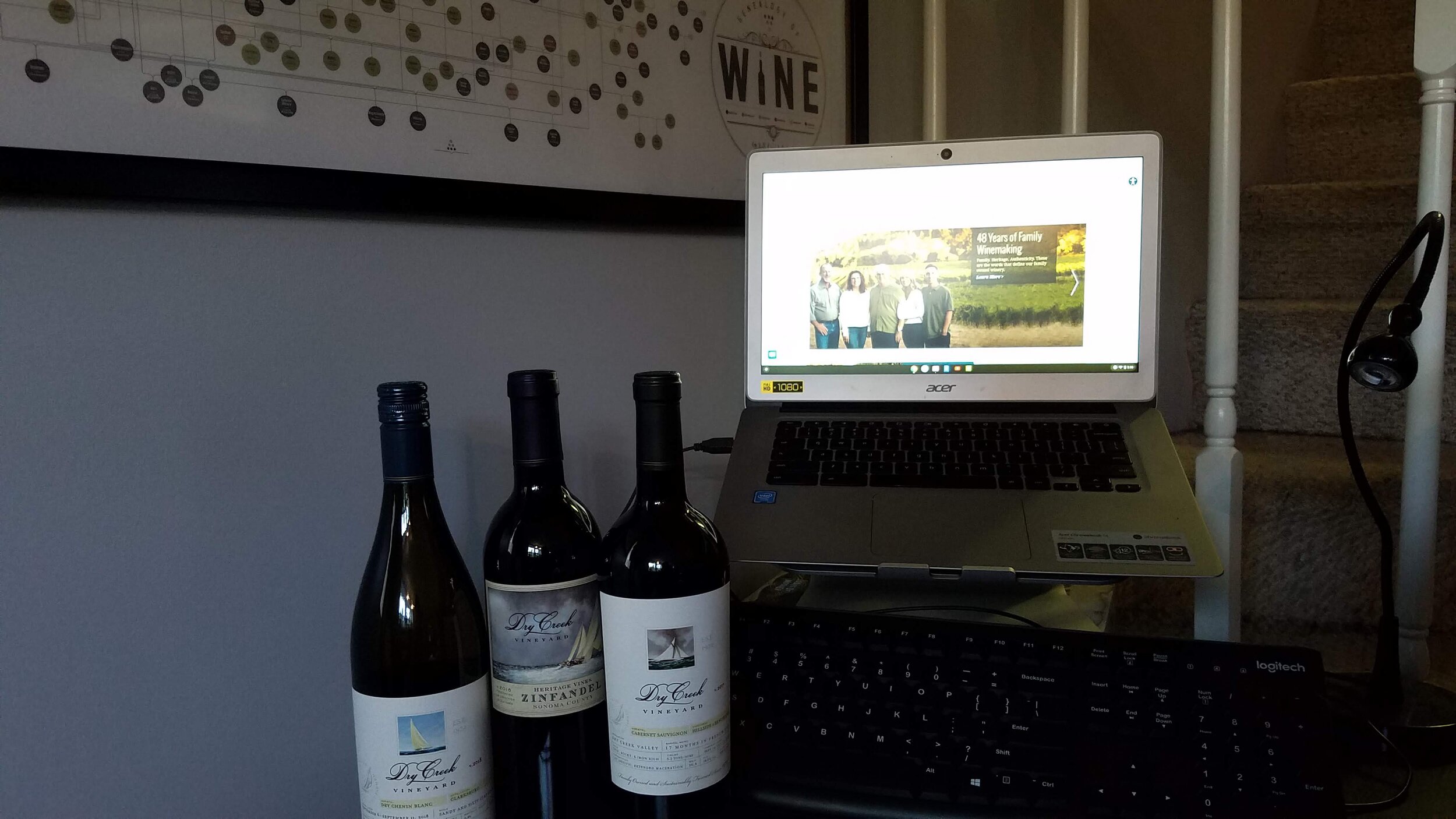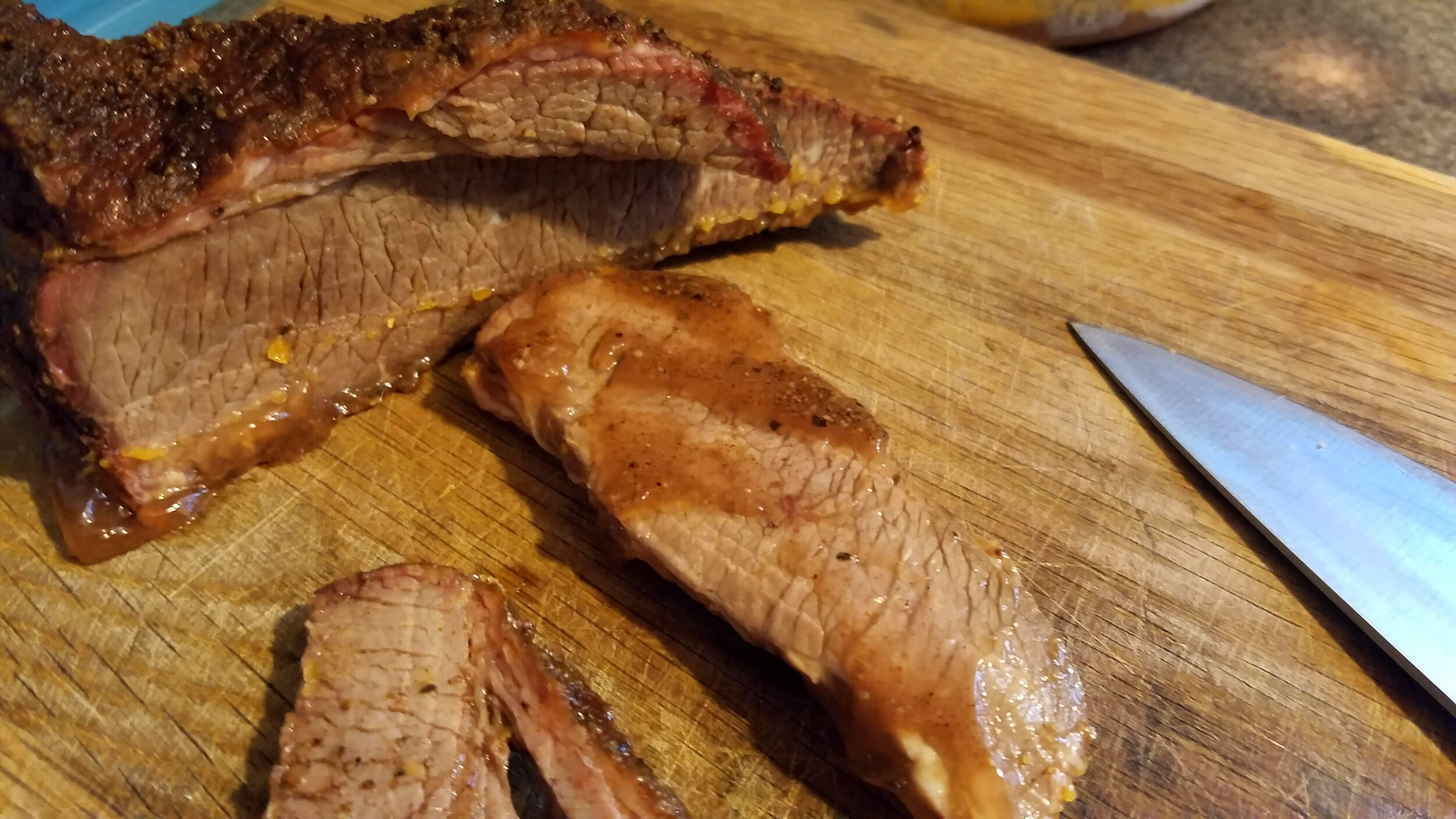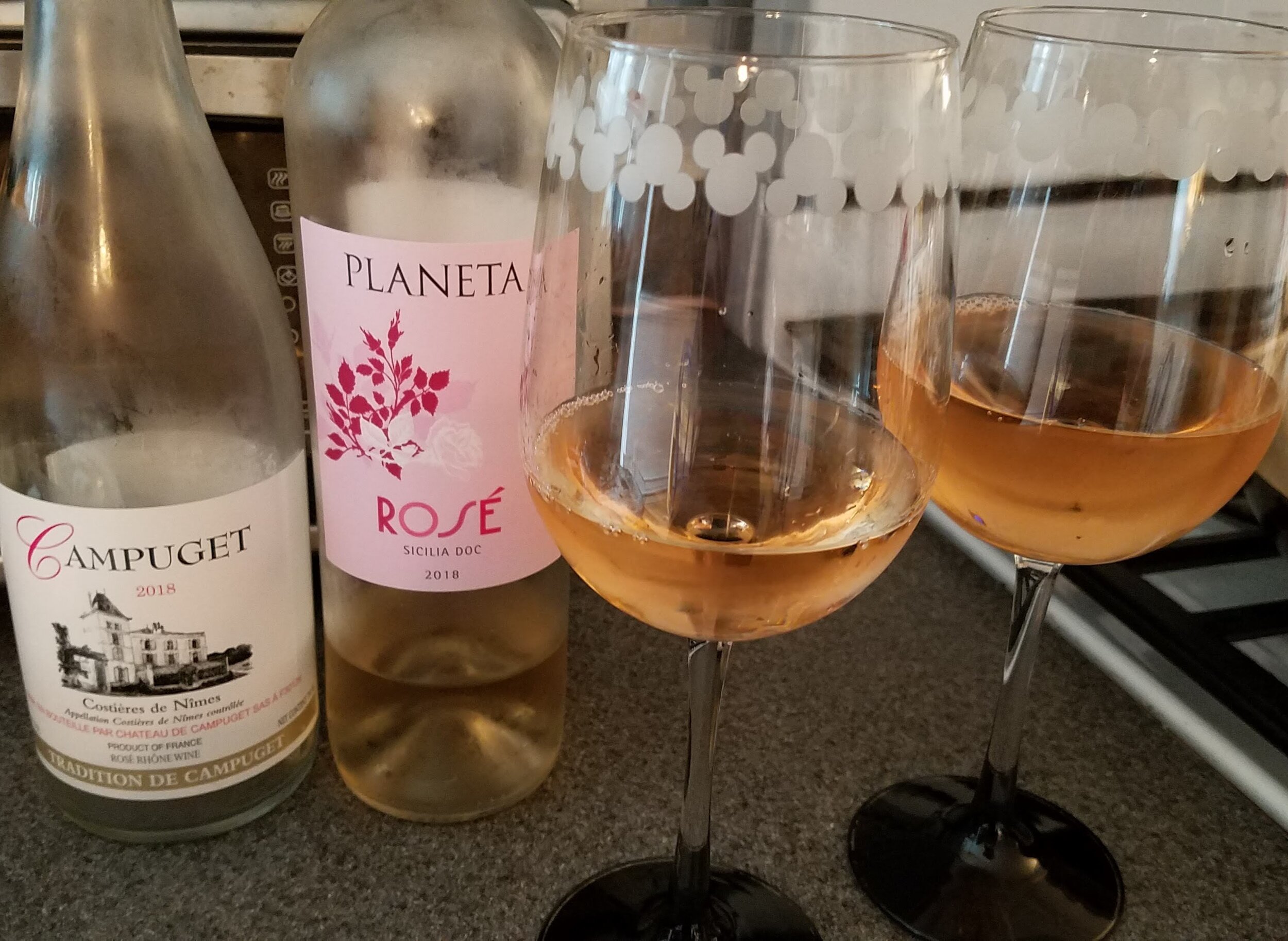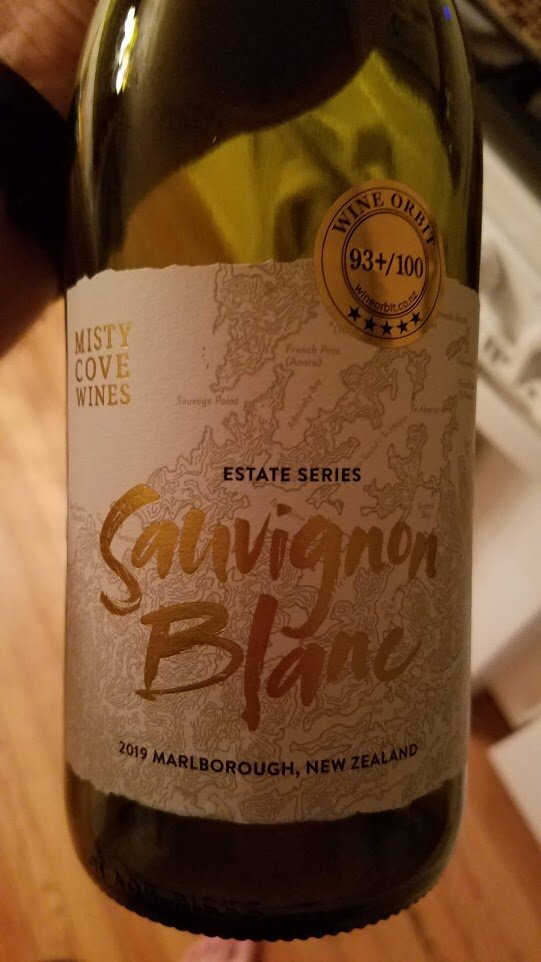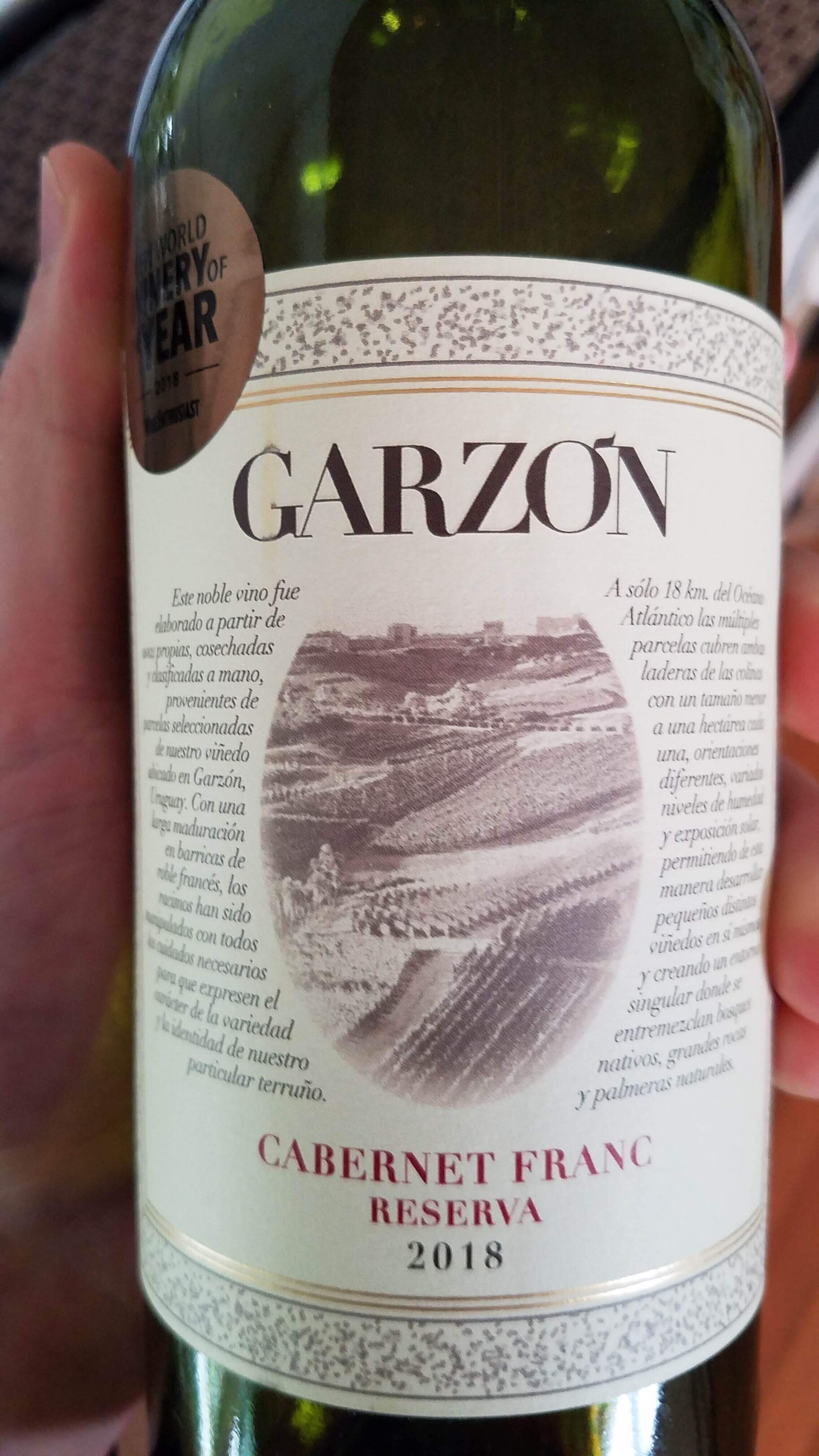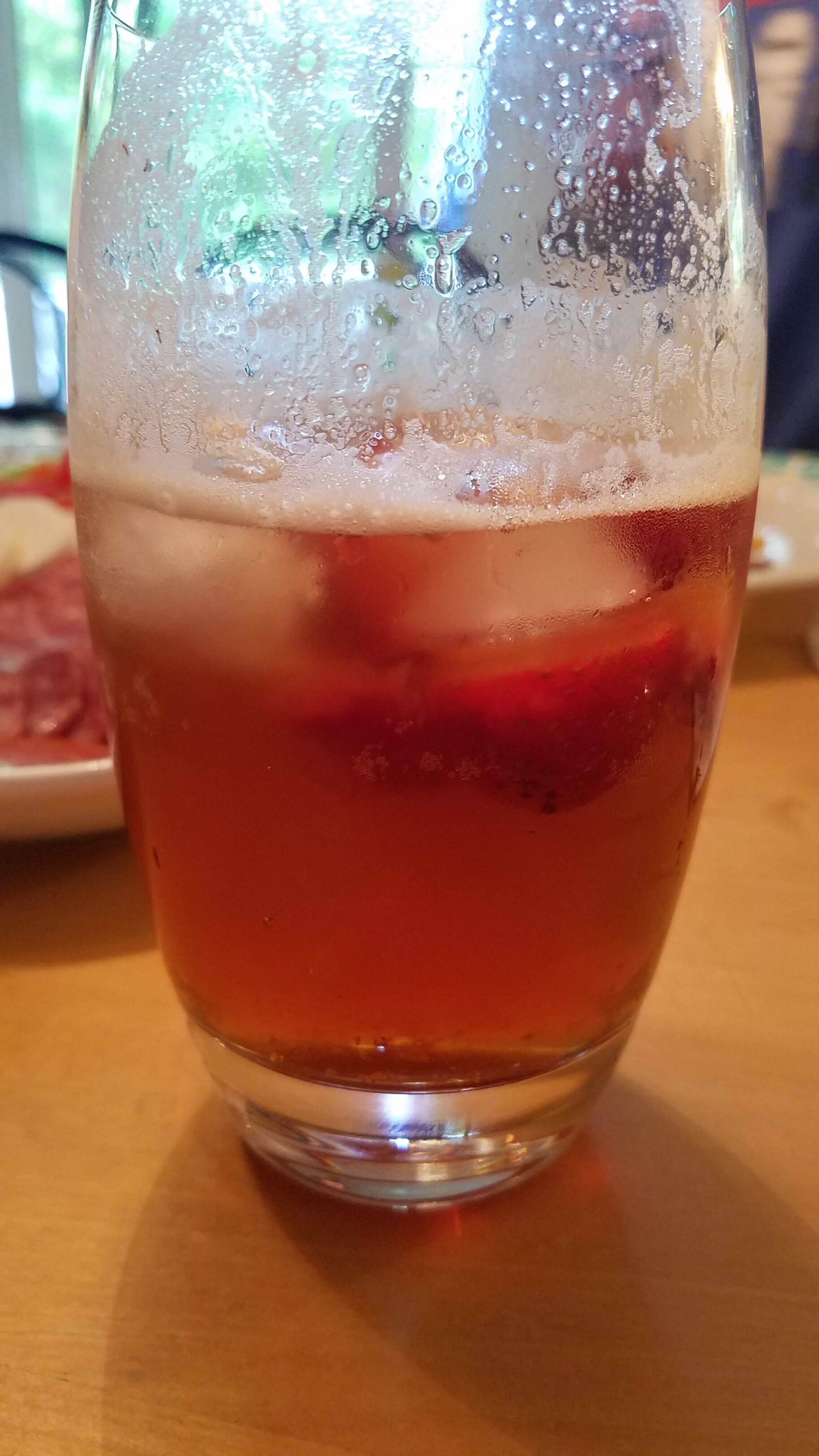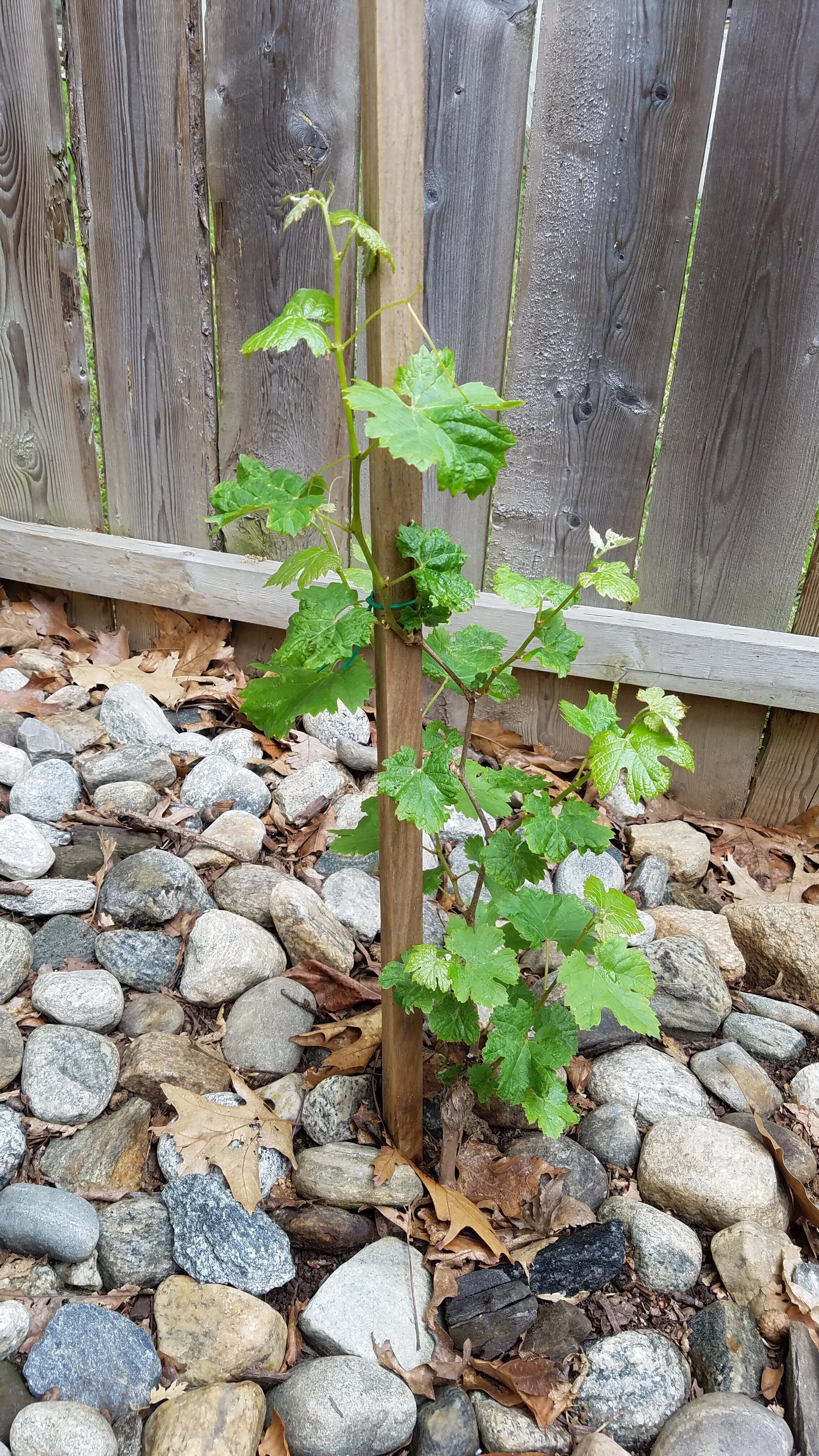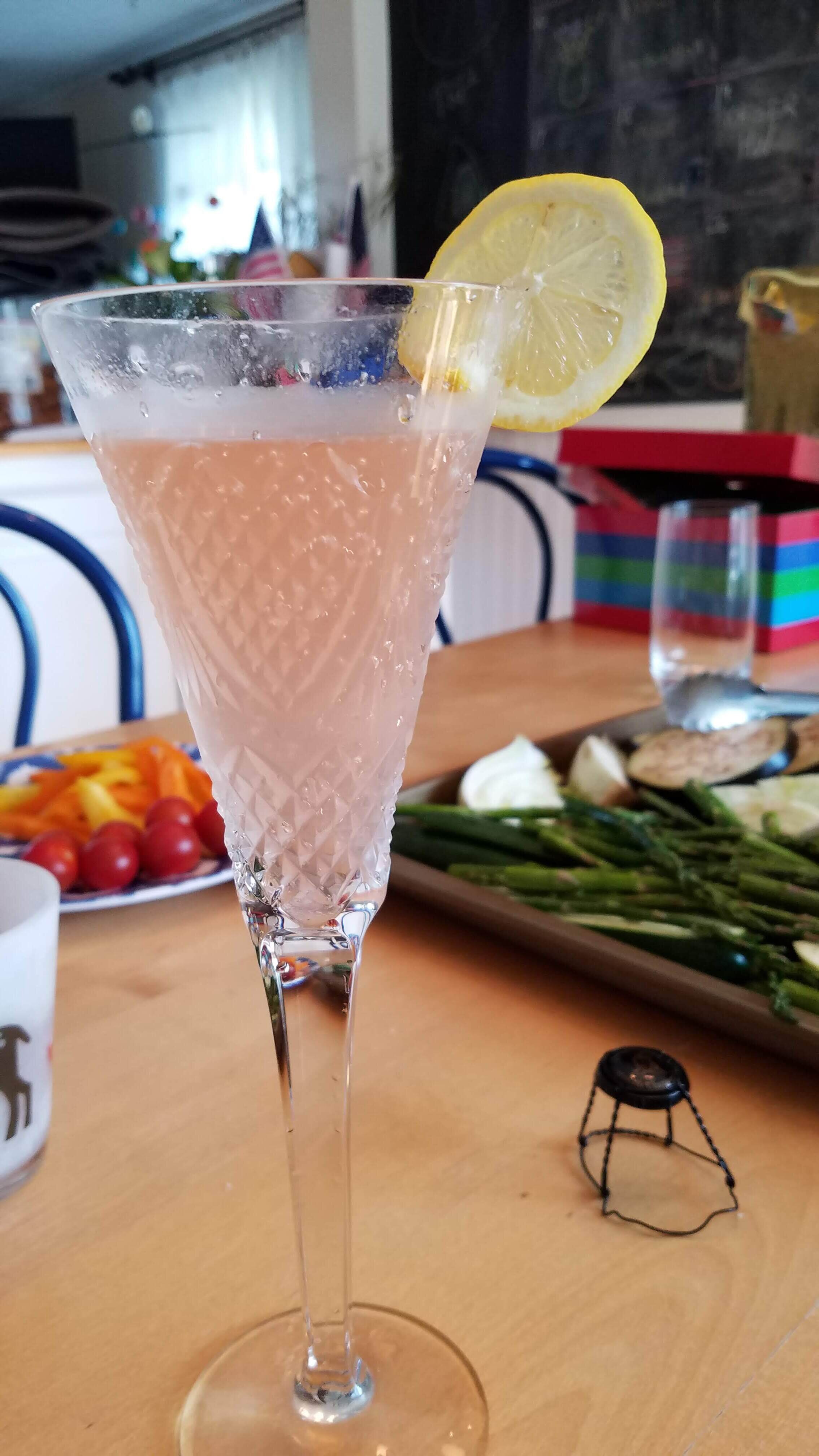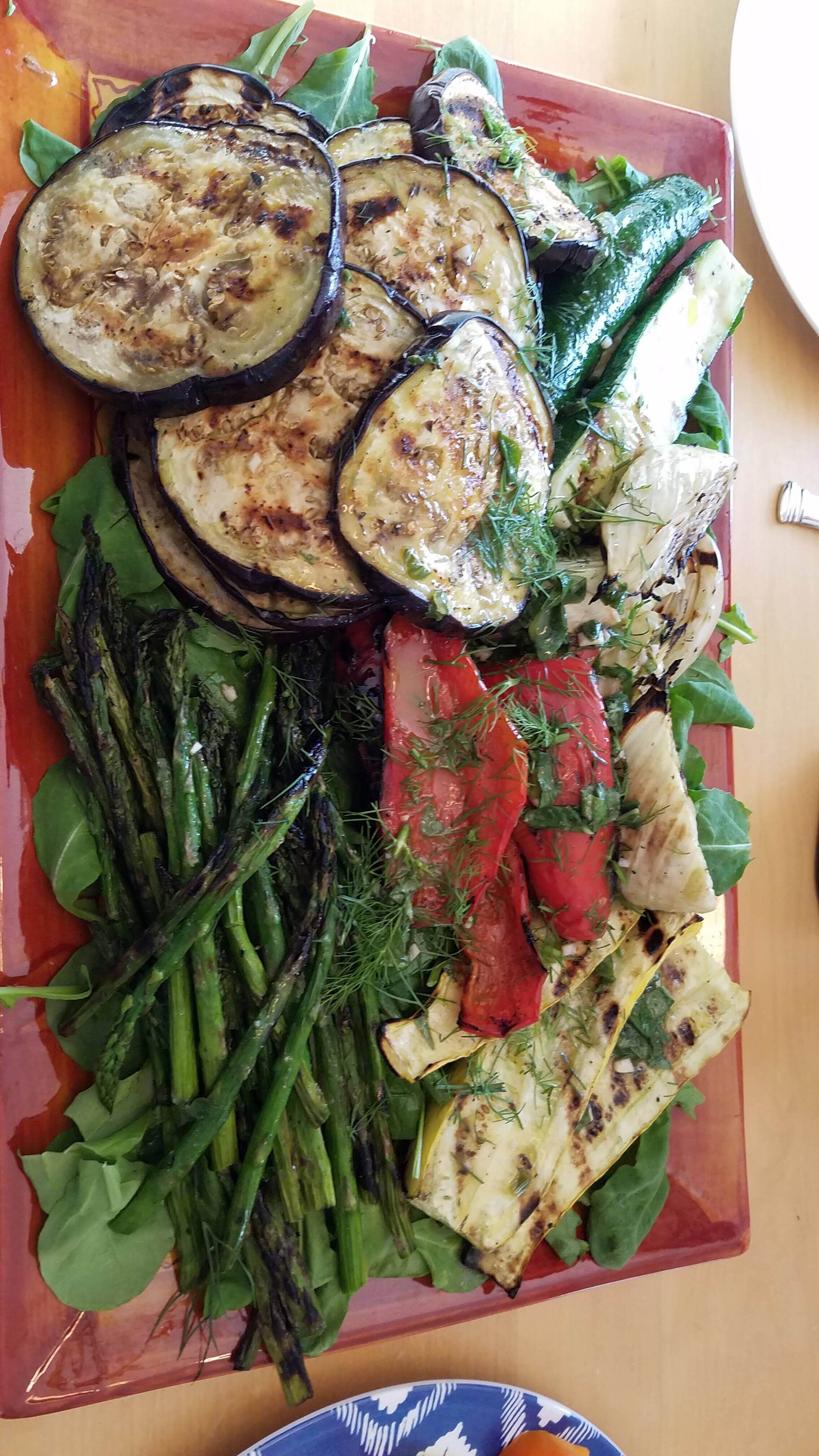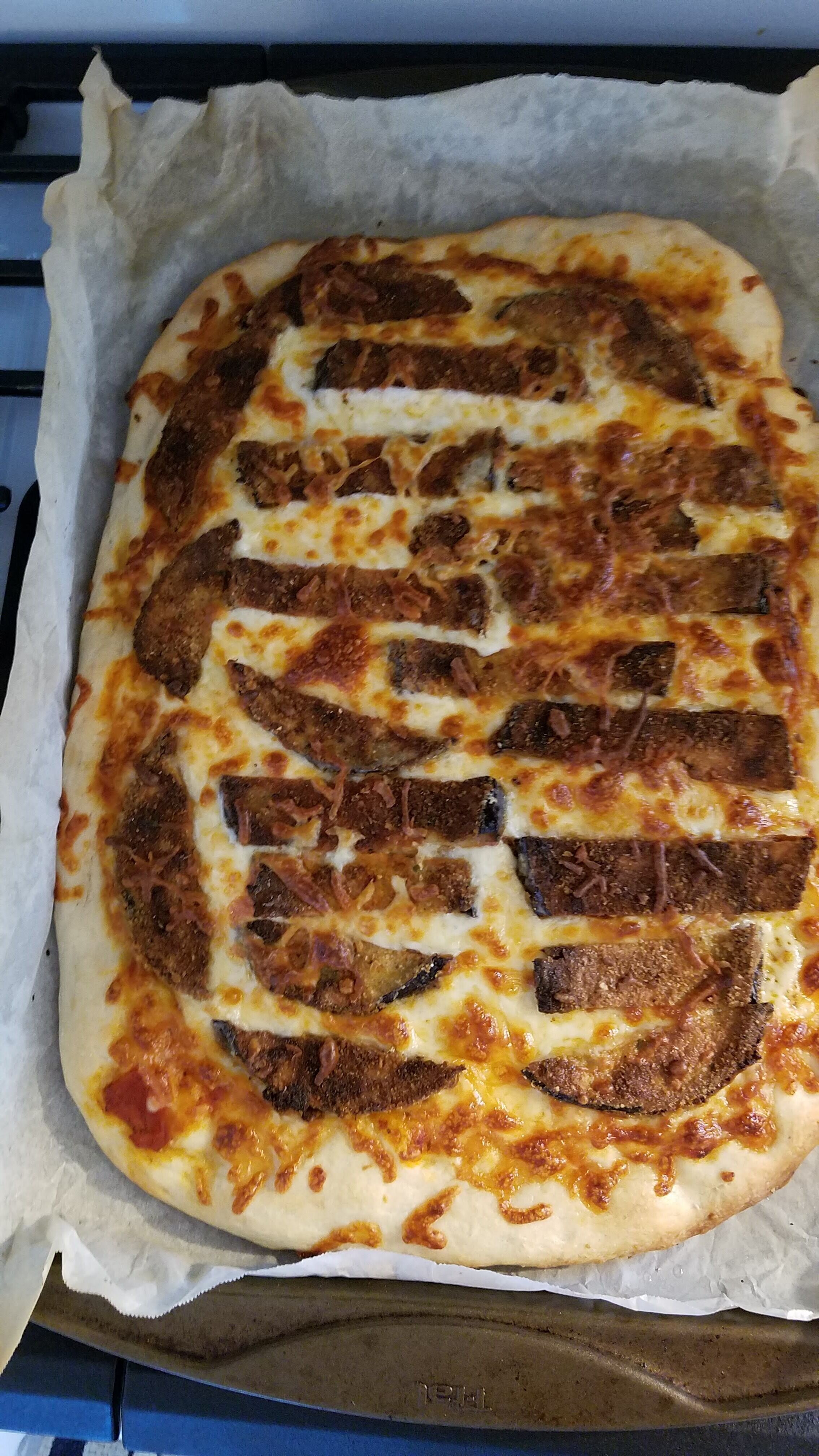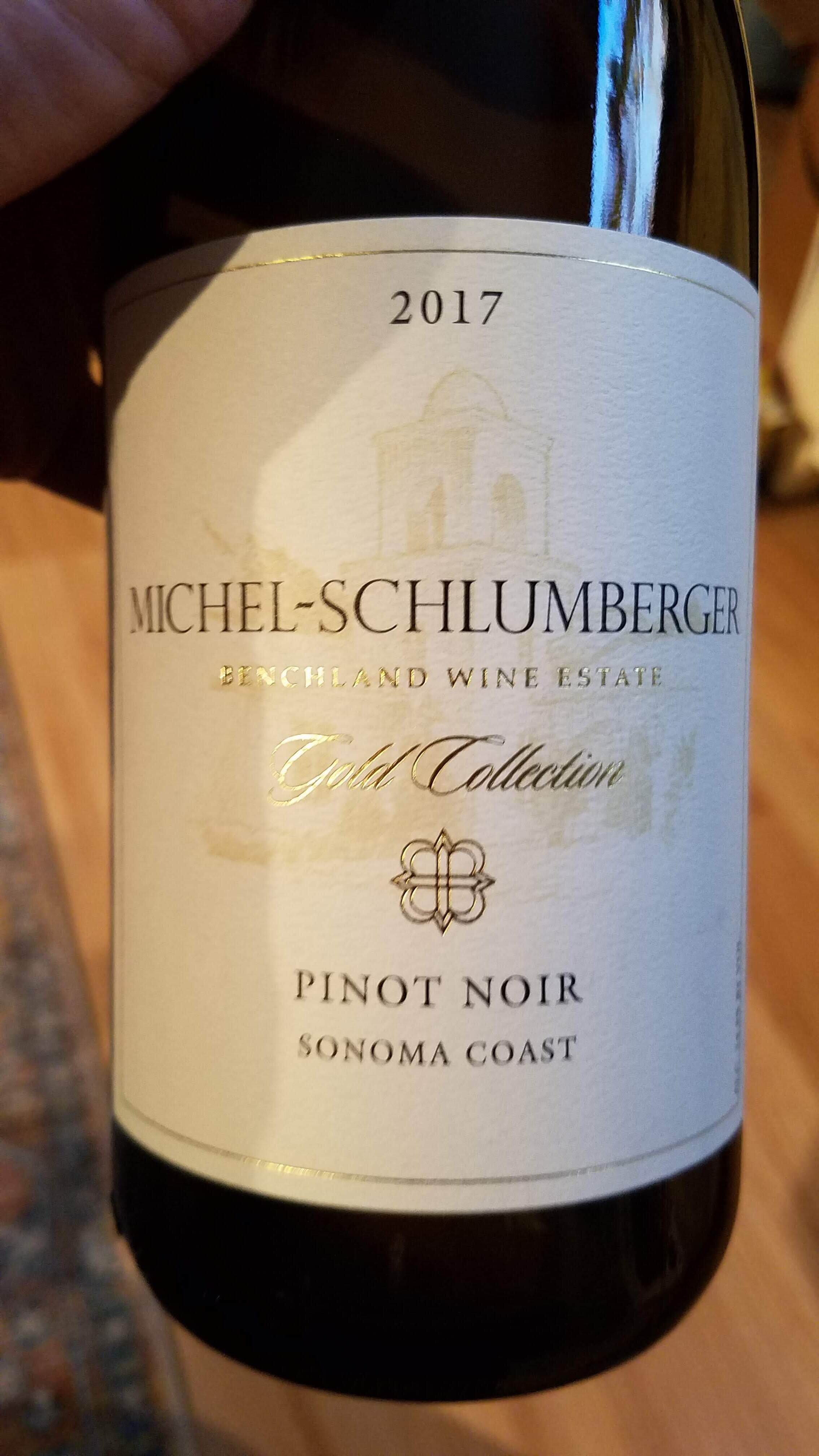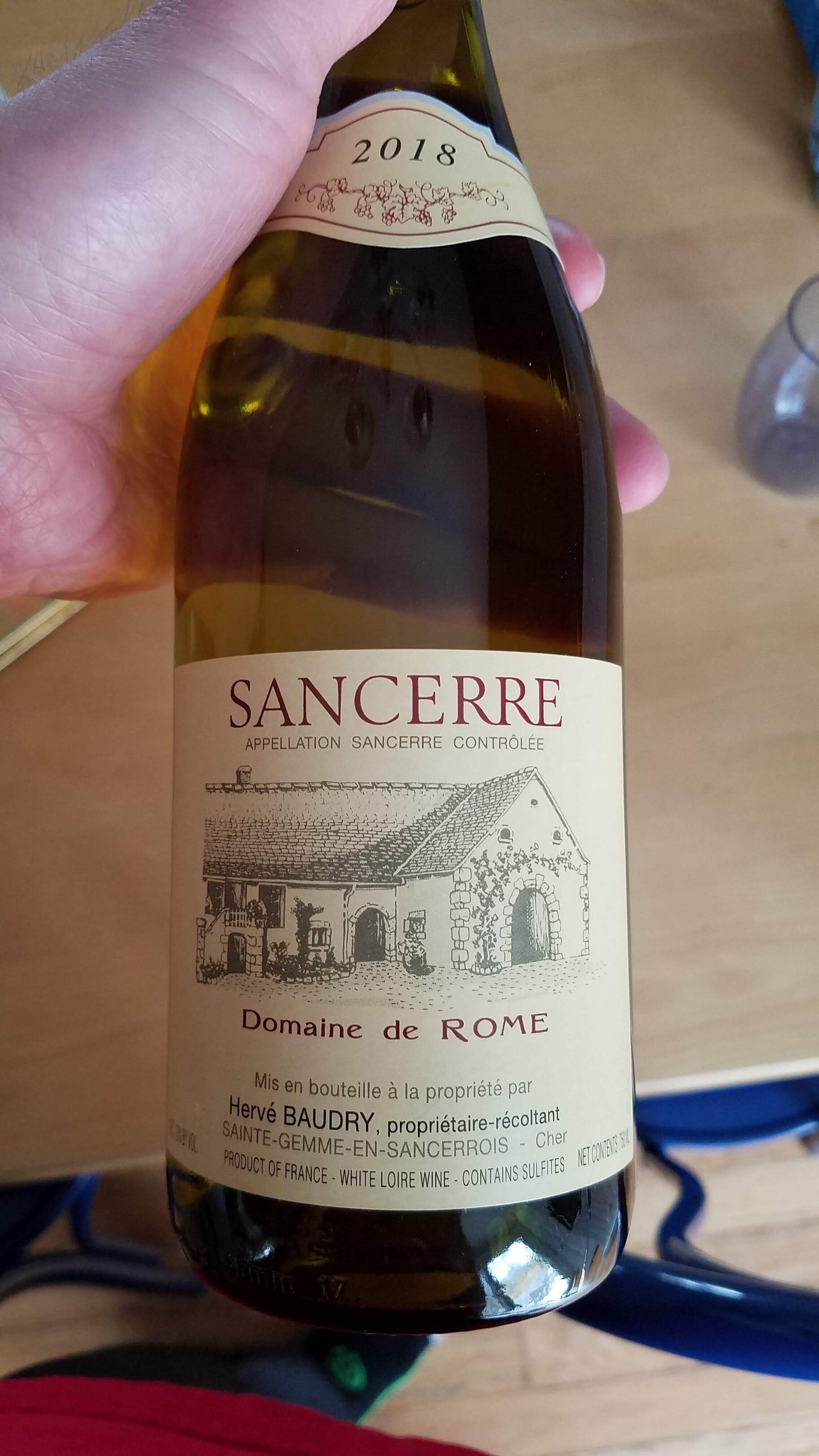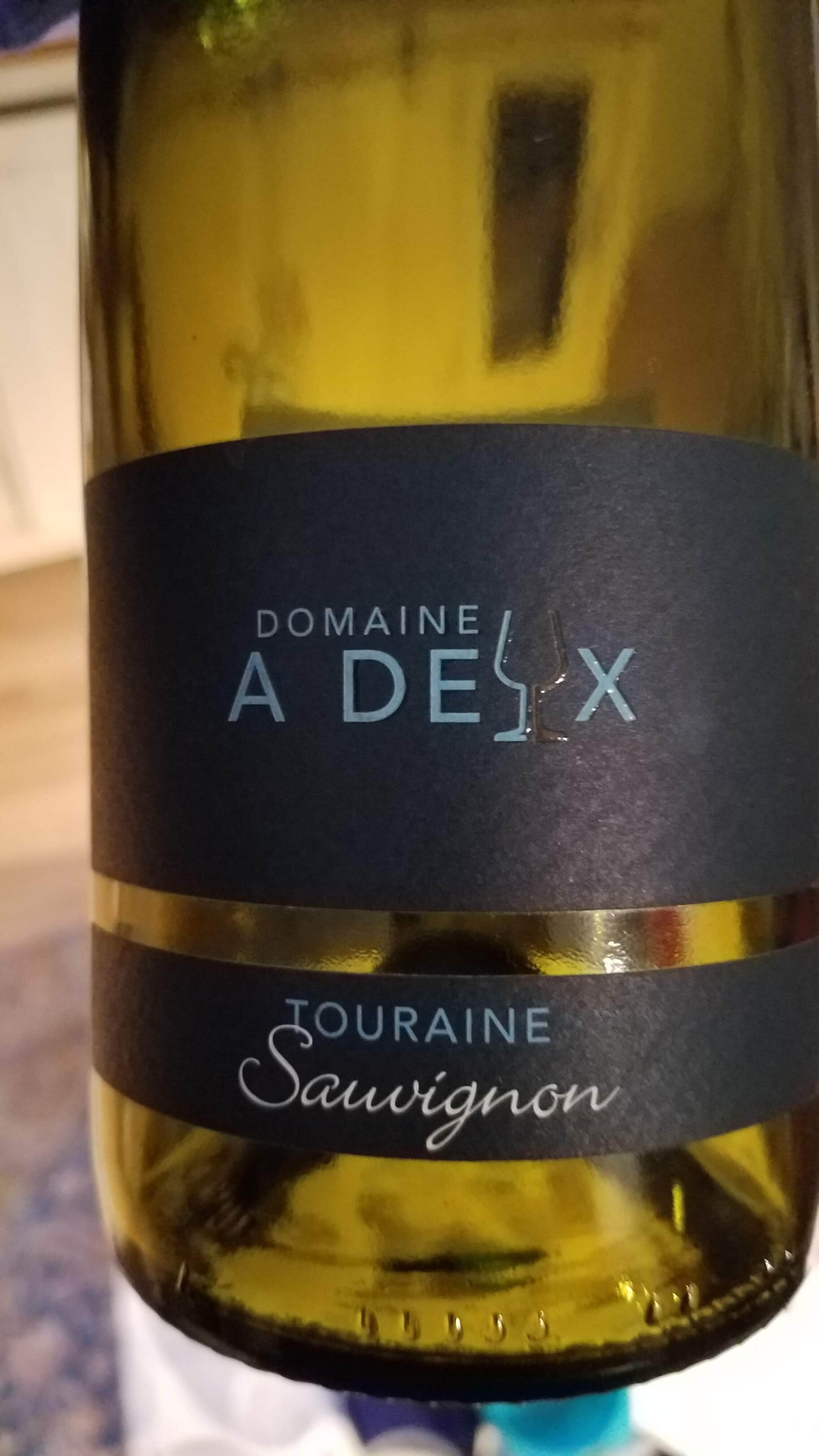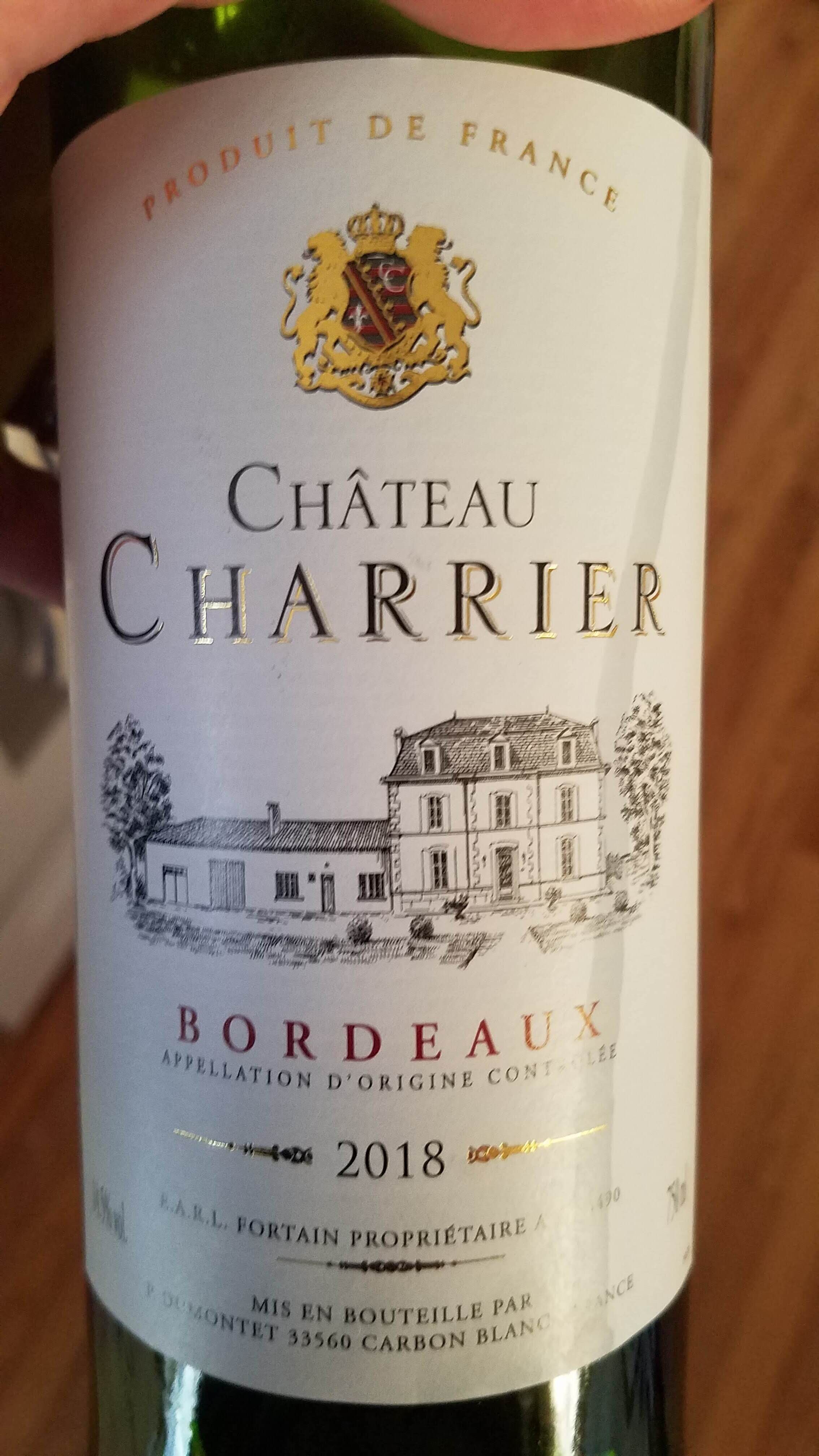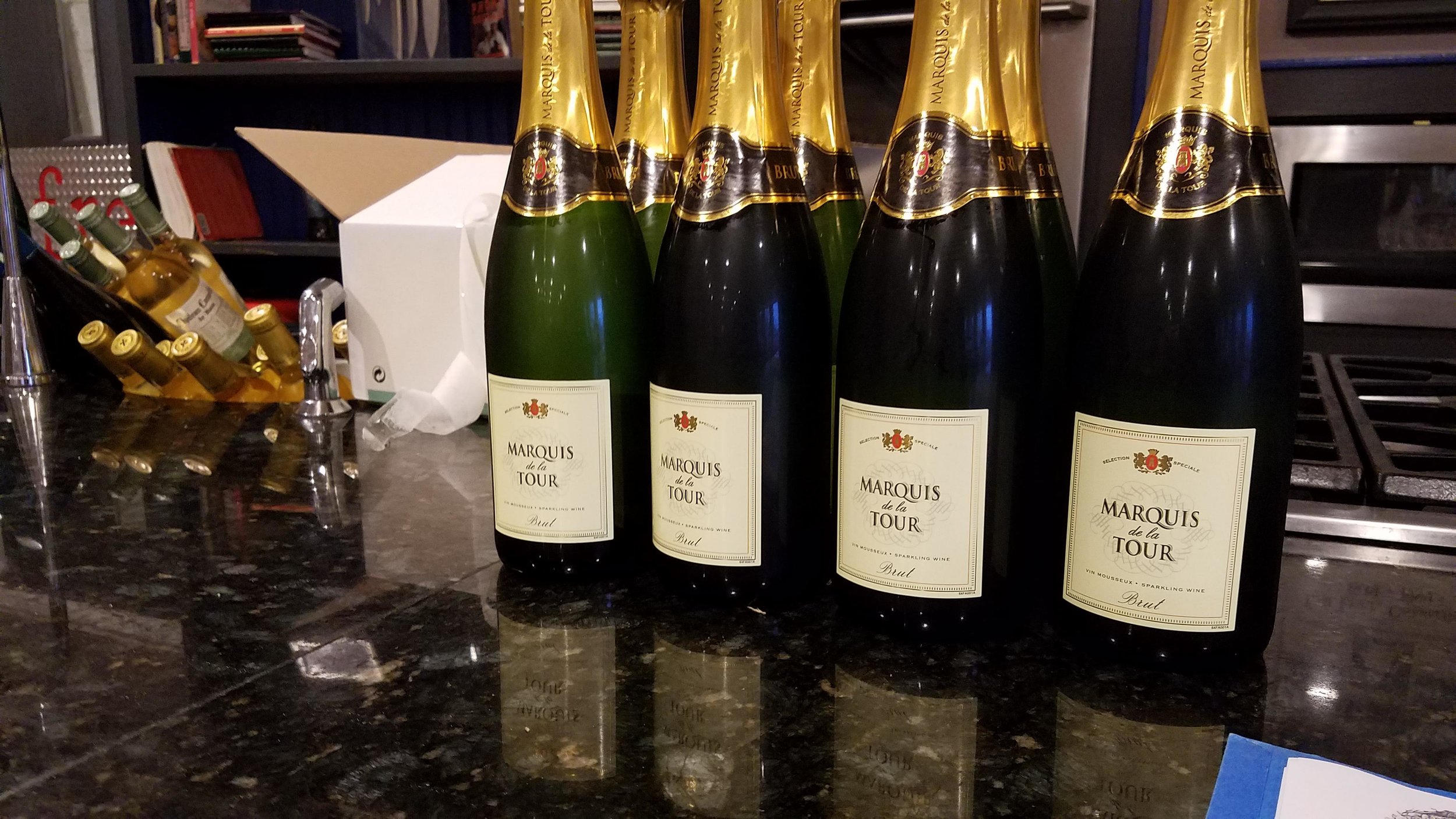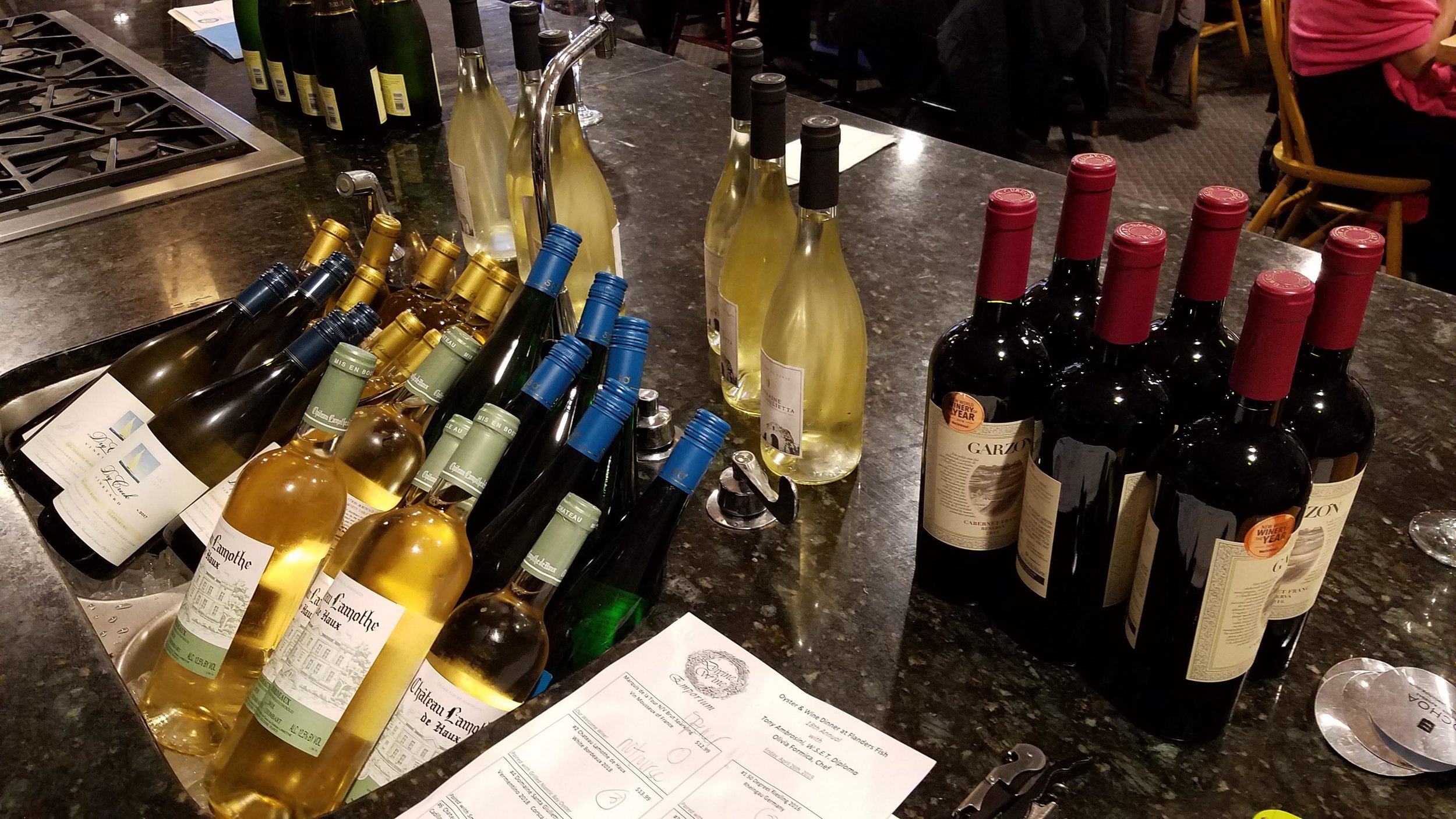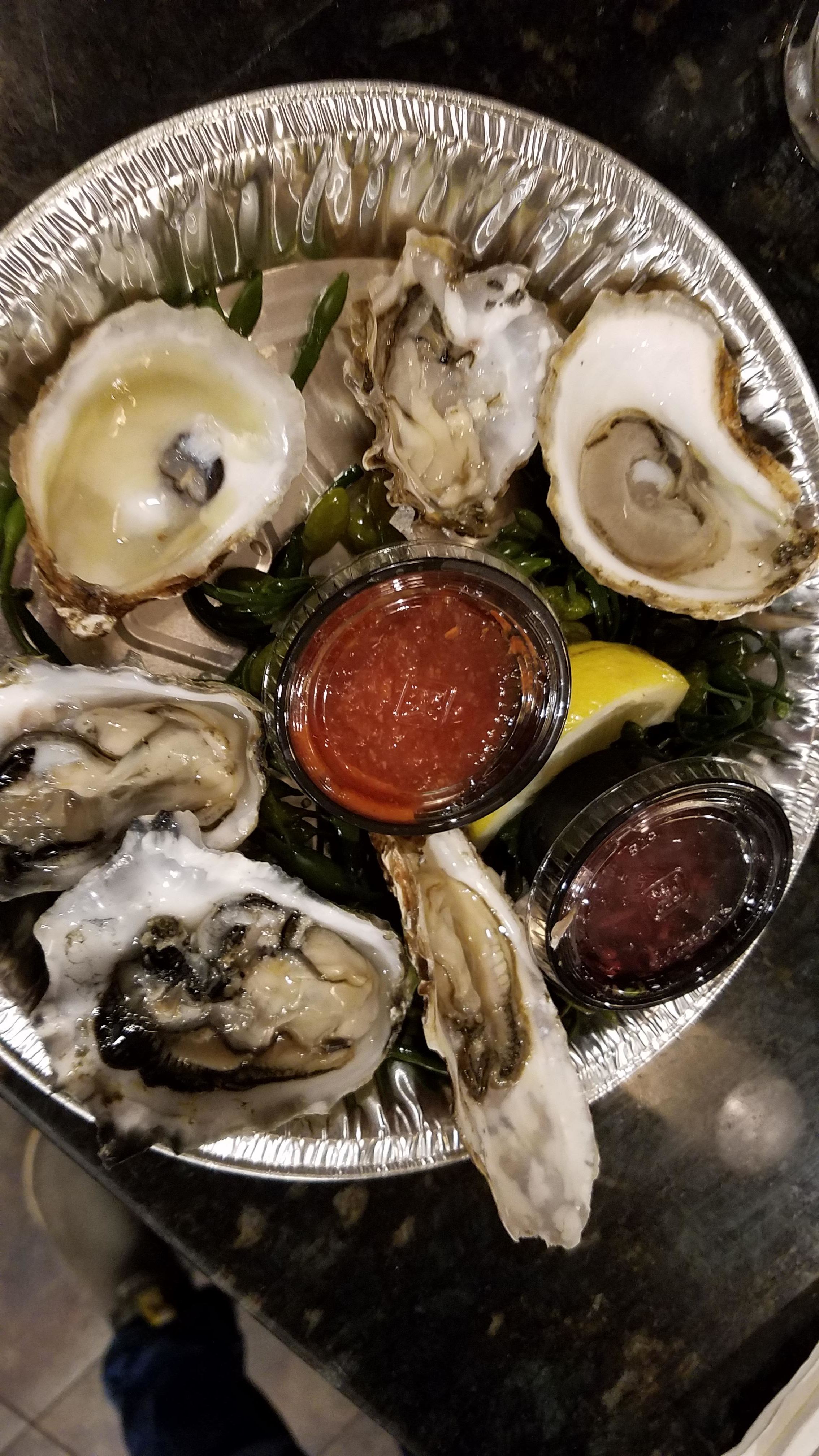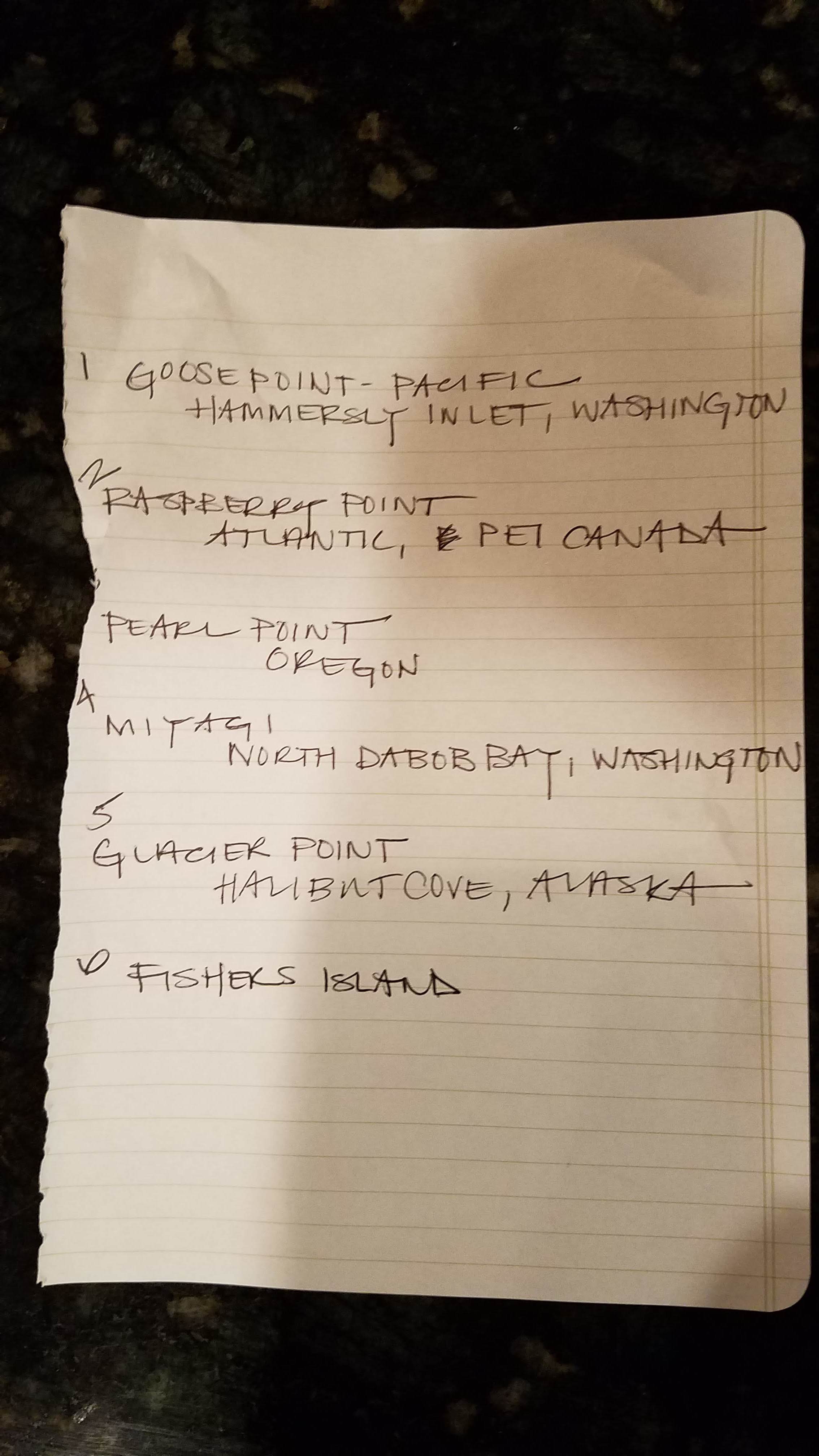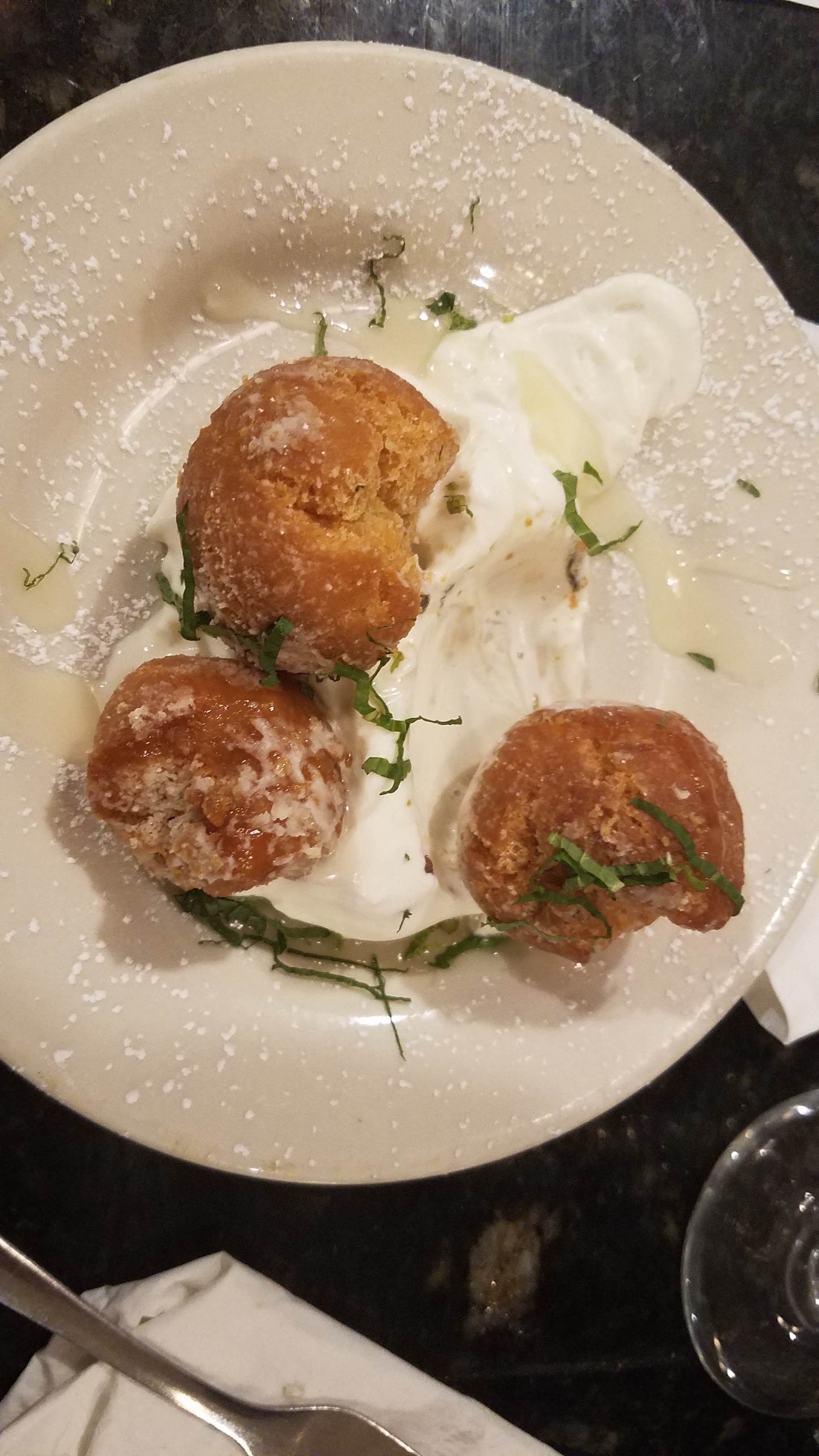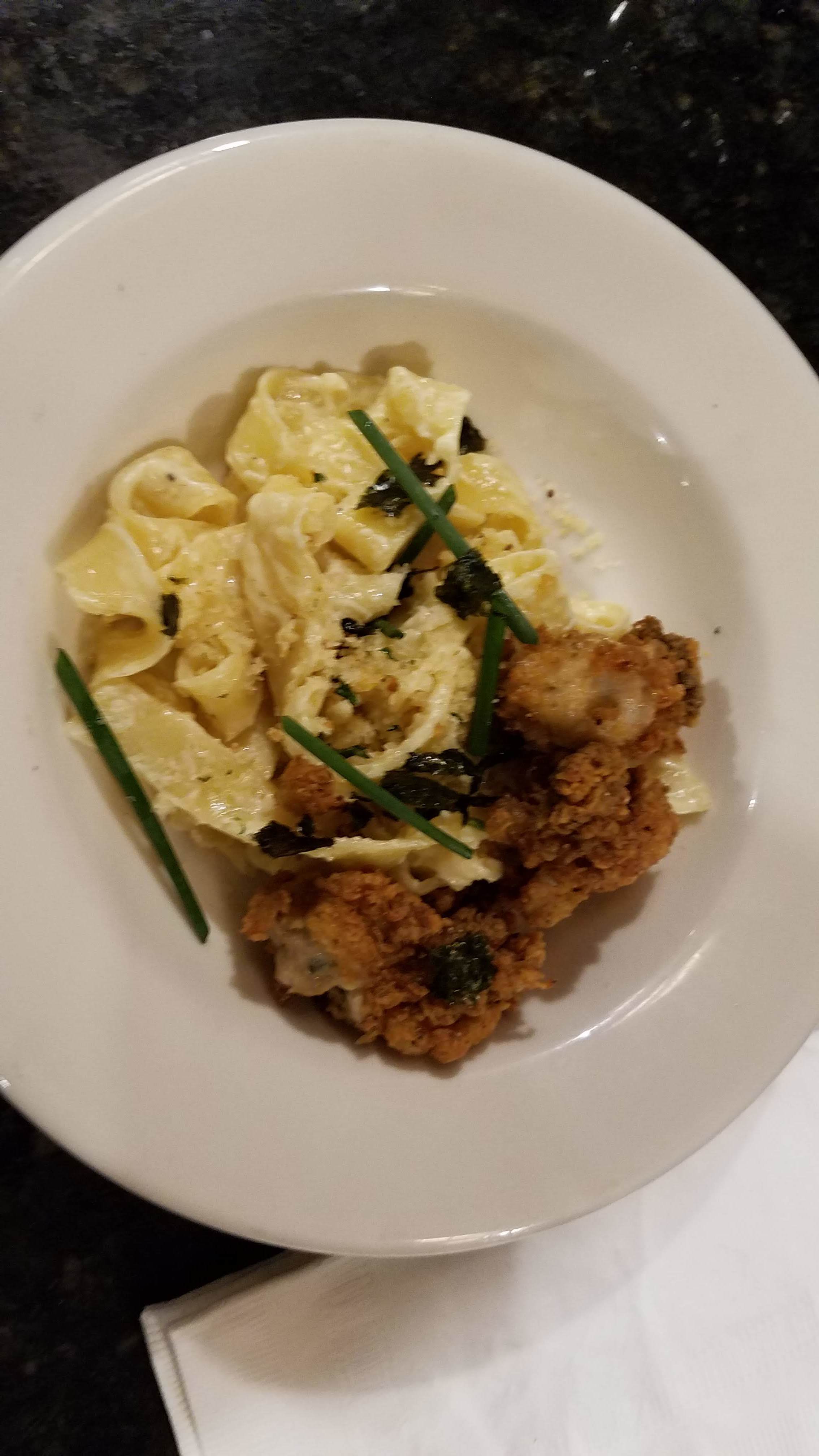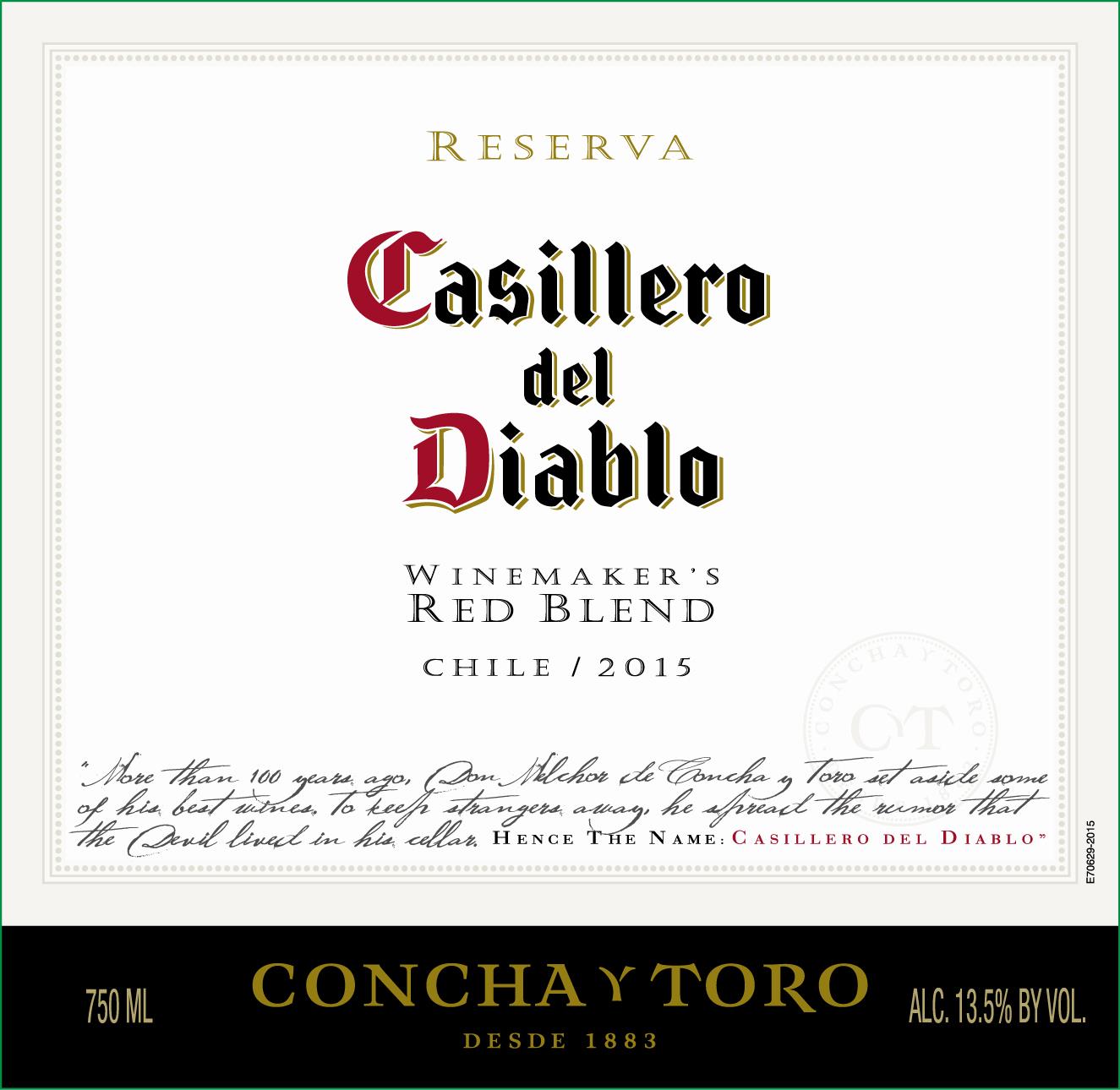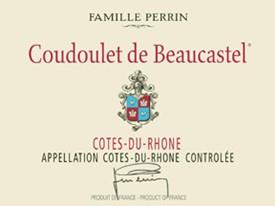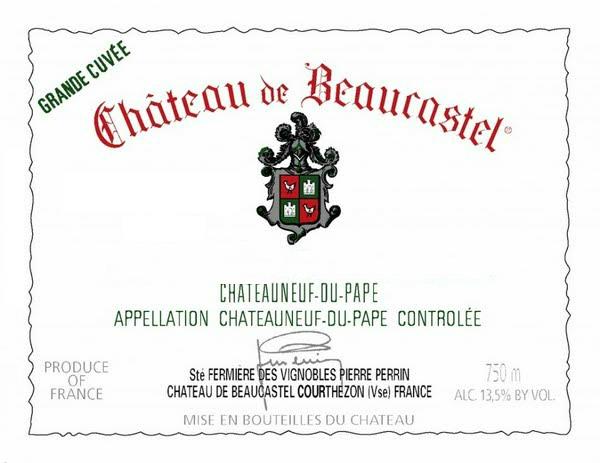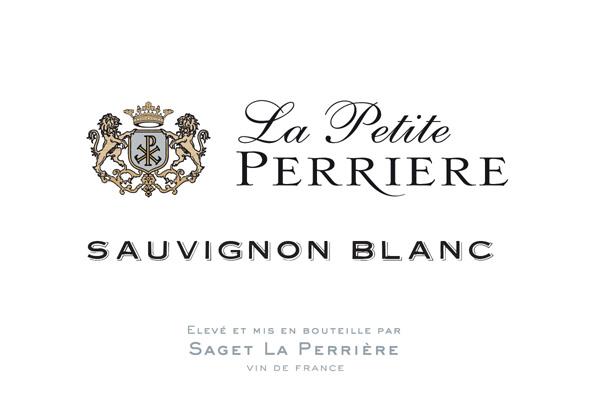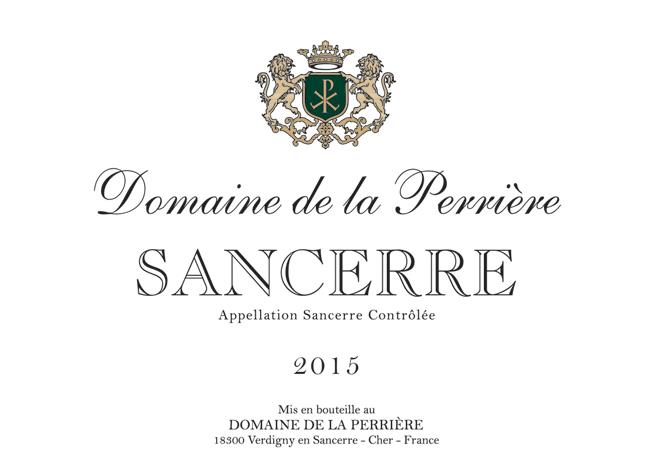Look, we can't drink Champagne all the time, nor should Champagne and other sparkling wines only be reserved for special occasions. A bottle of bubbly as part of your case is a must-have. Best of all, you can find a fruity sparkling wine like Prosecco, or you can find Cava (Spain's sparkling wine made using Champagne's process, but with native grape varieties) can often be found at a bargain. For less than $15, you can spot one of each without a problem. Then you can pop the cork anytime you see fit, because you will have a bottle on-hand and ready to go, special occasion to celebrate, or not.
Why don't we do this...let's take some of these wines and stick them in the box. Then we'll add a few more, total it up, and you will see how you can build your mixed case of goodies to take home. Prices are approximate, and I will use 10% as the case discount as a conservative estimate. These are all wines I have tried and would recommend to anyone looking for a solid variety pack case that includes many styles of wines.
Mionetto Il Prosecco Brut, $11, a simple, easy-drink bottle of fruity sparkler, great for casual parties and Mimosas.
Fonseca Twin Vines Vinho Verde, $8, Vinho Verde is a light, low-alcohol, slightly fizzy citrusy wine from the northeastern corner of Portugal.
La Petite Perriere Sauvignon Blanc, $10, this is the declassified Sancerre from above
Cantine Paolini Sicilia Pinot Grigio, $10, this Sicilian Pinot Grigio has some flavor to it, with melon and tropical fruit.
Tormentoso Old Vine Paarl (South Africa) Chenin Blanc, $13, try some Chenin Blanc as a Chardonnay alternative, plus a wine from South Africa. A region and a grape that deserves your love and attention.
Domaine Sainte Eugenie Corbieres Rose, $12, an unbelievably fruit-but-dry rose wine from southern France. Provence, for all of its delicate fruit and herbs that I really enjoy, does not have the fruit-forwardness of this wine.
Parolvini Barone Nero Veneto Red Blend (Cabernet Sauvignon, Refosco, Malbec), $12, an interesting blend that includes the native northeastern Italian variety of Refosco, which has a leathery, violet-scented character. It plays so well with the deep, dark fruit of the other two grapes, and it's not every day you see Malbec being grown in Italy.
Azul Portugal Douro Red Blend, $11, a blend of Touriga Nacional, Tinta Roriz, and Touriga Franca. All of these grapes go into Port wines, but when vinified as a dry wine, it gives you plenty of structure and fruit with a bit of smokiness.
Domaine Bousquet Mendoza Malbec, $11, there is a proliferation of Argentine Malbecs out there, and for the money Bousquet delivers so well.
Bodegas Atalaya Almansa Laya Red Blend, $10, this is a blend of Monastrell (a powerful, dense, chewy high-alcohol red wine variety), and Garnacha Tintorera (one of the few red varieties whose pulp and juice is red also).
Concha Y Toro Casillero del Diablo Winemaker's Red Blend, $10, an easy-drinking staple in the large Chilean Concha y Toro winery's lineup. Fresh black fruit, licorice, and a touch of green bell pepper.
Gnarly Head 1924 Lodi Red Blend, $10, an opulent, blackberry jam and raisiny wine that is very soft on the palate.
Total for the 12 wines is $128. Take 10% off, and that's $115.20. Connecticut sales tax is 6.35%, so that gets us to a grand total of $122.52. That puts us in the lower range of what I categorized above. You are getting a nice spread of regions and grape varieties in this, too. Keep in mind that I have also listed these in order of how you might want to taste them if you were to do an absurd 12-bottle flight!
Hopefully, this gives you a great starting point in building your own case, but as always you know where to find me if you have questions. Good luck!
